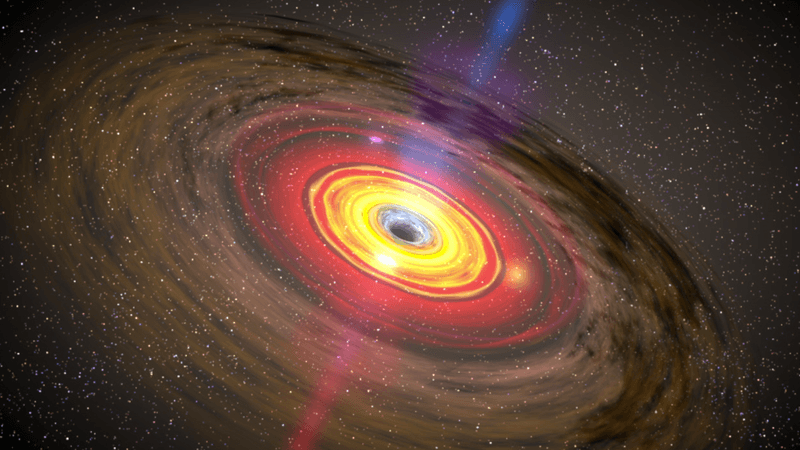The Higgs boson, the particle responsible for giving everything in the universe mass, was discovered six years ago. And now, researchers at CERN have finally witnessed how it decays. The observations, submitted for publication, are consistent with the Standard Model of particle physics.
According to the Standard Model, the Higgs boson should decay into two bottom quarks. Bottom quarks are the second-heaviest of the six quarks (the lightest two make up protons and neutrons), and this decay mechanism for the Higgs boson is the most common. The Higgs should decay into these pairs roughly 60 percent of the time.
But at the frontier of particle physics, even common things are not easy to find. It took ATLAS and CMS six years to establish this decay beyond any doubt. More unusual decay modes (with tau leptons, top quark, or even photons) were actually easier to extract from the background noise. There are other interactions that produce bottom pairs, so the researchers had to sift through a lot of data and perform a complex analysis to measure the rate of the decay.
“This observation is a milestone in the exploration of the Higgs boson," Karl Jakobs, spokesperson of the ATLAS collaboration, said in a statement. "It shows that the ATLAS and CMS experiments have achieved deep understanding of their data and a control of backgrounds that surpasses expectations. ATLAS has now observed all couplings of the Higgs boson to the heavy quarks and leptons of the third generation as well as all major production modes."
These measurements are important, but it is still early days for a complete picture of the Higgs. There might be a rarer decay mode yet to be discovered or maybe the measurements won’t agree with the Standard Model once refined. The Standard Model is extremely powerful, but it has limitations and scientists hope to find physics beyond this theory.
“The experiments continue to home in on the Higgs particle, which is often considered a portal to new physics," said CERN Director for Research and Computing Eckhard Elsen. "These beautiful and early achievements also underscore our plans for upgrading the LHC to substantially increase the statistics. The analysis methods have now been shown to reach the precision required for exploration of the full physics landscape, including hopefully new physics that so far hides so subtly."




